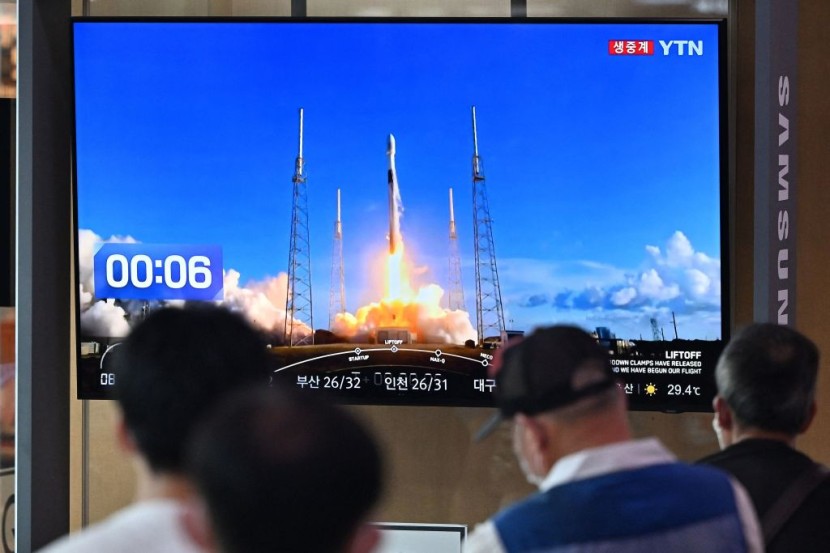
South Korea has launched its first orbiter to the moon, named Danuri, with the help of SpaceX, marking the Asian country's first venture to the lunar surface with more planned for the future.
The launch on Thursday will aim to seek out future landing spots on the moon for subsequent lunar missions. SpaceX's satellite is taking a long, roundabout path to preserve fuel and will arrive on the moon's surface in December.
South Korea's Lunar Mission
If successful, Danuri will join spacecraft from the United States and India that are already operating around the moon and a Chinese rover exploring the moon's far side. India, Japan, and Russia have new moon missions launching later this year or next year, as do a slew of private companies in the U.S. and elsewhere.
Furthermore, NASA is expected to be up next with the debut of its mega moon rocket in late August. South Korea's lunar mission, which costs roughly $180 million, is the country's first step in lunar exploration and features a boxy, solar-powered satellite that was designed to skim just 62 miles above the moon's surface, as per the Associated Press.
Scientists also expect to collect geologic and other data for at least a year from this low polar orbit. The launch of the Danuri lunar orbiter marks South Korea's second attempt at space in the last six weeks.
Read Also : James Webb Telescope Captures Image of Stunning Cartwheel Galaxy 500 Million Light-Years Away
In June, the nation was successfully able to launch a package of satellites into orbit around Earth for the first time using its own rocket. This comes as the first try last fall fizzled, with the test satellite failing to reach orbit.
According to TechCrunch, Danuri was previously called the Korea Pathfinder Lunar Orbiter (KPLO) and is managed by the Korea Aerospace Research Institute (KARI). The new name is a play on the Korean words for "moon" and "enjoy."
Danuri Lunar Orbiter
The primary goal of the spacecraft is to test South Korea's lunar spacecraft technology before it attempts to land on the moon's surface tentatively in 2030 if everything goes as planned. Danuri launched atop a SpaceX Falcon 9 rocket from Cape Canaveral Space Force Station at 7:08 p.m. on Aug. 4, with the rocket's booster landing successfully on the drone ship just a few minutes after liftoff.
Now, the spacecraft will first fly toward the sun before looping back toward its destination and will take advantage of a gravity assist by the sun. When the spacecraft arrives at the moon, it will perform research using its six scientific instruments.
These include a magnetometer, a gamma-ray spectrometer, an experimental communications system, and three cameras, including one that NASA designed that is sensitive enough to see inside the moon's permanently shadowed craters.
The director-general of space and nuclear energy at South Korea's Ministry of Science, Kwon Hyun-Joon, said in a written response that they were also considering using the moon as an outpost for space exploration. He added that while they hope to explore the moon itself they also recognize its potential to act as a base for further deep space exploration such as Mars and beyond, the New York Times reported.
Related Article:
Astronomers Discover Oldest Distribution of Dark Matter Around Galaxies 12 Billion Years Ago








